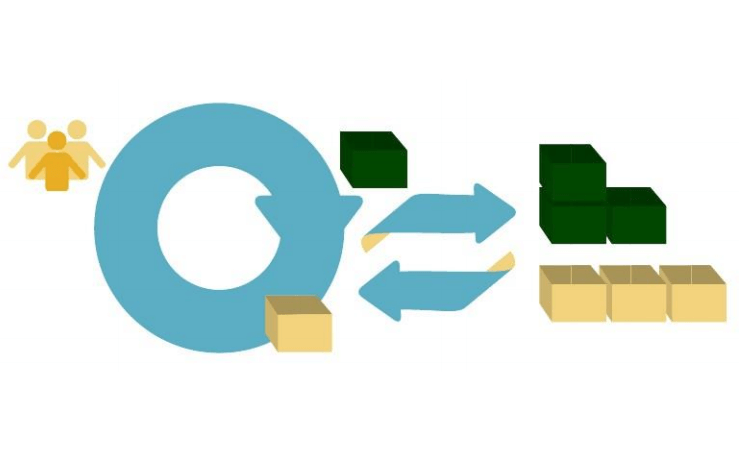 Agile is not a new concept in the business world by any means – it is being adopted to more and more various fields, innovated and even discarded by some teams that feel they have had enough and are ready to move on. However, as the Agile reign continues, we find some of the practitioners are still trying to figure out how exactly to be Agile. For this, we are launching a series of blog posts explaining and answering some of the questions most new Agile users have.
Agile is not a new concept in the business world by any means – it is being adopted to more and more various fields, innovated and even discarded by some teams that feel they have had enough and are ready to move on. However, as the Agile reign continues, we find some of the practitioners are still trying to figure out how exactly to be Agile. For this, we are launching a series of blog posts explaining and answering some of the questions most new Agile users have.
To practice any methodology, first you have to know what it actually is and we find that there is still a lot of confusion out there about what exactly can be called Agile. So is Agile equivalent to Scrum as many out there believe? Or is Agile an ancestor of Extreme Programming? Let us try and explain everything.
Agile is a term that describes an effective way of working. It was introduced to the mass public by the release of the Agile Manifesto in 2001 and while it does specifically outline 4 values and 11 principles to be followed by the Agile teams, it does not include any particular methodology or recommendations of a methodology to be followed. So in itself, Agile is simply a framework to be followed.
Naturally, after the creation of the Manifesto, the practitioners felt a need of a clear method to be followed and thus the search has begun. Some looked into existing project management tools and though how they could be made to fit the Agile framework, others created whole new concepts and methods completely from scratch. Thus today we have a wide variety of Agile methods to choose from and new ones coming up every single day. Check out our Agile method genealogy tree.
So to answer the questions we have posed in the beginning, Agile is not Scrum, not XP and not any other method in particular, but all of the methods that comply with the Agile Manifesto are Agile. And as long as you are practicing one of them, your team is Agile too.




